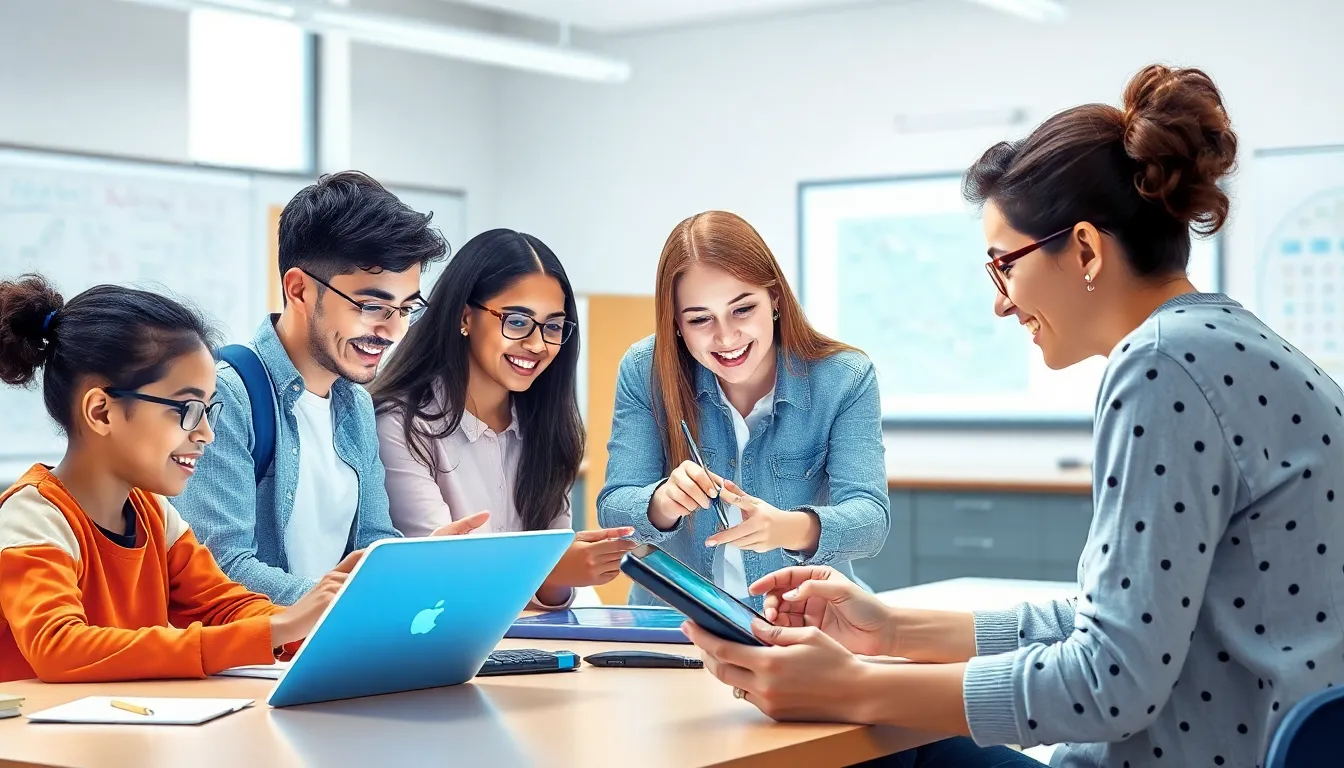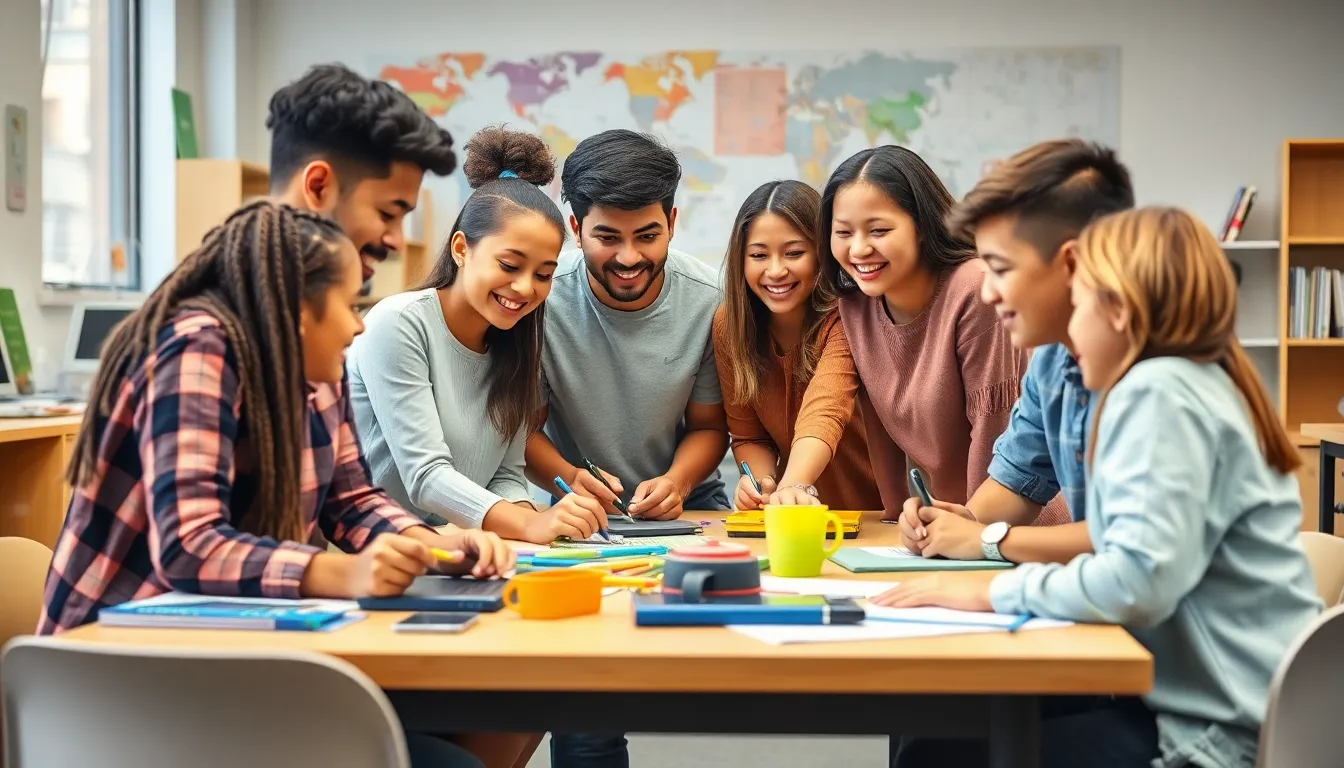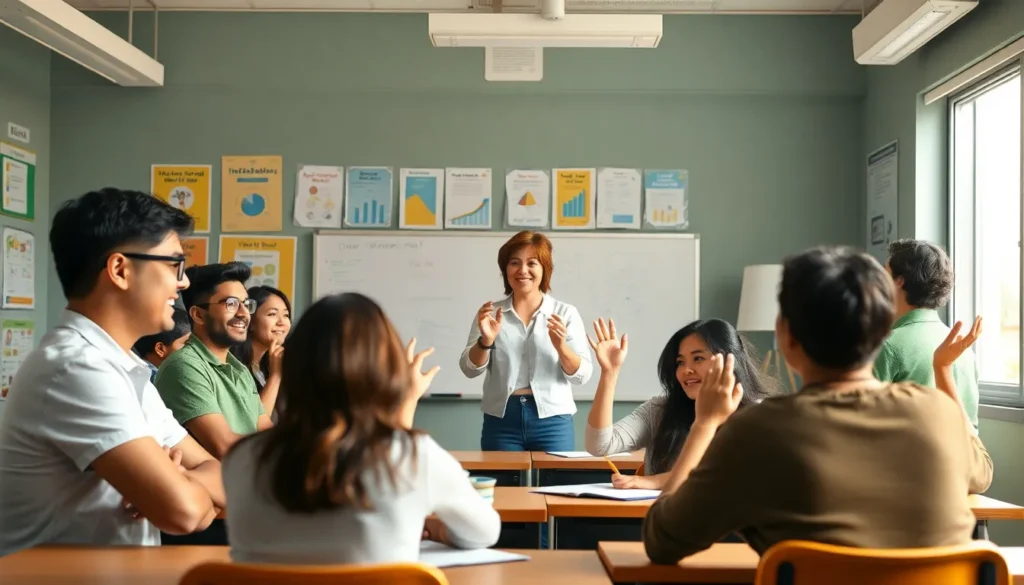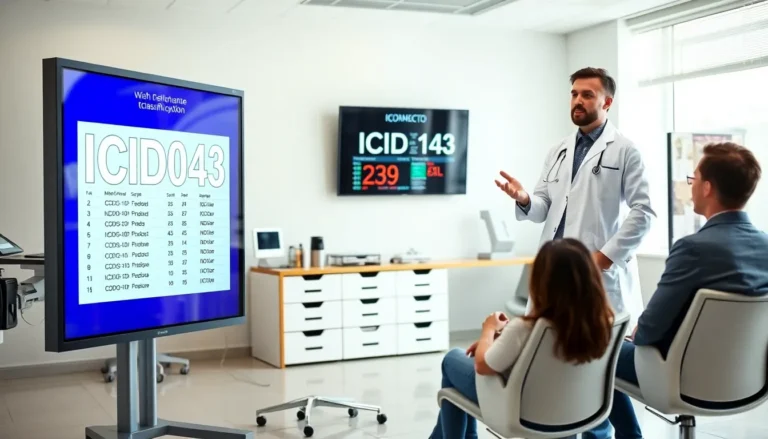Table of Contents
ToggleIn the ever-evolving world of education, keeping up with the latest teacher-student news is like trying to catch a greased pig at a county fair—exciting, chaotic, and full of surprises. From innovative teaching methods to quirky classroom antics, there’s always something buzzing in the halls of academia. This dynamic relationship between teachers and students shapes not just learning but also the culture of schools across the globe.
Importance Of Teacher Student News
Teacher-student news serves a vital role in the educational landscape. Staying informed about developments fosters a sense of community within schools. Enhanced communication leads to stronger relationships between educators and learners.
Accessing timely updates on teaching methods influences lesson plans. Innovative approaches spark engagement and creativity in the classroom. When teachers share experiences, students gain insights that promote collaborative learning.
News from the classroom cultivates a culture of transparency. Students who know what’s happening are more likely to participate actively. Teachers benefit from understanding student perspectives and needs.
Engagement extends to parents and caregivers, bridging gaps between home and school. Regular updates build trust and alignment on educational goals. Communities that follow teacher-student news witness better academic performance.
Recognizing achievements and milestones through news articles motivates students. Celebrating successes fosters a positive environment for everyone involved. Shared stories not only inspire students but also uplift educators, reinforcing their commitment to excellence.
Relying on diverse channels for sharing news ensures inclusivity. Using newsletters, social media and school websites allows broader reach. Access to information empowers all stakeholders in the education system.
Monitoring the evolving relationship between teachers and students enhances educational practices. Informed strategies lead to improved outcomes for both groups. Overall, the significance of teacher-student news cannot be overstated in shaping effective learning experiences.
Recent Developments In Education


Innovative strategies in teaching emerge continually, reshaping classroom dynamics. Educators harness technology by incorporating interactive tools, enhancing student participation. Blended learning combines traditional and digital methods, catering to diverse learning styles. Project-based learning focuses on real-world applications, fostering critical thinking and collaboration among students. By emphasizing social-emotional learning, teachers create supportive environments where students feel valued.
Celebrating student achievements plays a vital role in promoting motivation and engagement. Schools highlight accomplishments through newsletters and social media, fostering a sense of pride among students and parents. Award ceremonies recognize both academic and extracurricular successes, boosting self-esteem. Regular updates on individual and group achievements create a culture of excellence. Collaborative projects and community service initiatives also provide students with meaningful experiences that enhance their resumes and personal growth. Each of these activities reinforces connections between students, educators, and the broader school community.
Community Involvement
Community involvement enriches the educational experience by fostering connections between schools and their local environments. It encourages students and teachers to collaborate with external partners, enhancing learning opportunities.
Partnerships With Local Organizations
Partnerships with local organizations create valuable resources for students. Schools work with nonprofits, local businesses, and cultural institutions to offer unique learning experiences. Organizations may provide mentorship programs, internships, or educational workshops, which expand students’ knowledge beyond the classroom. Collaborative efforts often lead to exciting events that engage the community while promoting educational goals.
Volunteer Opportunities
Volunteer opportunities benefit both students and the community. Schools often encourage students to participate in service projects like food drives, environmental cleanups, and mentoring programs. Through these initiatives, students develop essential skills and a sense of responsibility. Engaging in volunteer activities fosters a spirit of empathy, teamwork, and leadership. Teachers guide students in understanding the significance of giving back, reinforcing the importance of social responsibility in their education.
Challenges Faced By Educators
Educators confront multiple challenges that impact their ability to teach effectively. Limited funding often restricts access to resources, impacting classroom environments. High student-to-teacher ratios create strain, leading to decreased individual attention for students. Navigating diverse learning needs presents another significant hurdle, with obligations to accommodate various learning styles and abilities.
Moreover, burnout among teachers affects morale and productivity. Many teachers struggle with workloads that extend beyond classroom hours, including lesson planning and grading. Keeping up with technological advances complicates the landscape further. Integration of technology into curricula requires ongoing training and adaptation.
Standardized testing pressures contribute to stress for both educational staff and students. Such assessments narrow the focus of teaching, often sidelining creative and critical thinking. Additionally, maintaining open lines of communication with parents and caregivers can be difficult. Inadequate parental involvement occasionally results in disengaged students, impacting overall academic performance.
Mental health issues among students also challenge educators. Increased prevalence of anxiety and depression requires teachers to navigate complex social-emotional dynamics in the classroom. Striking a balance between academic rigor and emotional support is crucial for creating a conducive learning environment.
Finally, policy changes at local and national levels frequently require educators to adapt quickly. Unpredictable regulations can disrupt established teaching methods and curriculum designs. Staying informed of these changes is essential for effective classroom management and instructional success.
Staying informed about teacher-student news is essential for fostering a thriving educational environment. The evolving landscape of education requires both educators and students to adapt and engage actively. By prioritizing communication and collaboration, schools can create a supportive atmosphere that enhances learning experiences.
Celebrating achievements and promoting community involvement not only motivates students but also strengthens bonds among all stakeholders. As the education sector continues to transform, embracing innovative practices while addressing challenges will be key to achieving academic success. Ultimately, a commitment to transparency and connection will pave the way for a brighter future in education.







